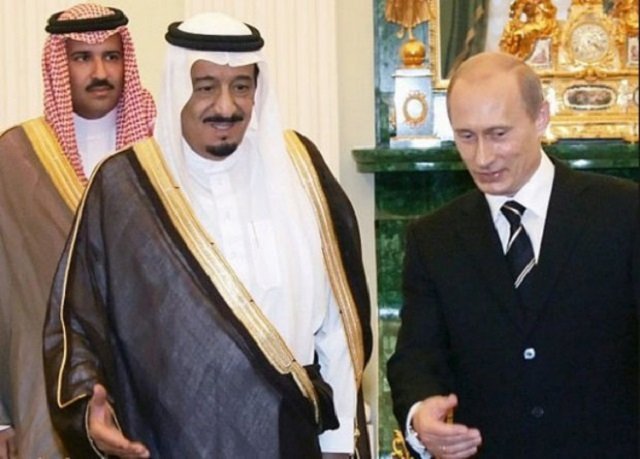In analyzing Syria’s civil war today, there is an Assad regime non-survival rationale emerging worth highlighting that rests on five distinct and logical reasons why Assad will not survive even with Russian help.
- Attrition in Support of an Assad Regime Non-Survival Rationale: Prior to March 2011, the Assad regime soldiered 215,000 conscripts with 280,000 in reserves. Today, the Assad Army can boast between 130,000 and 150,000 soldiers mostly protecting Damascus. Assad has about 60,000 NDF forces (Shabeeha) supplemented by up to 10,000 Hezbollah and IRGC troops fighting and dying on the battlefields at an accelerated rate. Some 75,000 Syrian soldiers died. The remaining either joined the opposition or escaped the country as refugees. Assad replenishment rate is far slower and smaller than the Syrian opposition can muster because of the sectarian nature of the war. In the large Sunni Arab universe, the deep bowls of the economic deprivation delivers a steady supply of fighters.
- Worth of Life in Support of an Assad Regime Non-Survival Rationale: Sunni fighters dying in Syria are inconspicuous for the most part and their funerals are non-existent. They are anonymous in every sense of the word even in Syria. In Lebanon and Iran, funeral processions of Shiite fighters are endless. High-ranking officers are become martyrs whose funerals are an elaborate display of grief. Life for the Sunnis fighting in Syria has less of a worth as compared to Shiites fighting in Syria, which means Shiite mothers have a higher pitched voice in deciding how the war goes. The more Hezbollah and IRGC fighters die, the closer Syrians are to removing Assad.
- Arab Gulf Commitment in Support of an Assad Regime Non-Survival Rationale: If Syria goes, so will Saudi Arabia. If Iran wins in Syria, it will embolden the Khamenei regime to construct a more potent destabilization program against the Saudi monarchy. This explains Saudi insistence with regard to Assad’s removal al-Sauds know he is the epicenter of Iranian power in the Levant. With Assad gone, the Shiite crescent extending from Tehran to Beirut will begin crumbling. The Arab Gulf commitment is solid and unwavering because it rests on their own survival. By proxy, the rich oil Gulf countries tap into an endless supply of Syrians willing to die to remove Assad as well as a steady stream of fighters joining from as far away as Chechnya. Such is not the case for Assad.
- Russian Commitment in Support of an Assad Regime Non-Survival Rationale: Which goal is more important for Russia? To keep Assad in power or to defeat Islamic extremism? Russian support for Assad rests on much more pragmatic grounds than the ideological support he enjoys from the Iranian regime. If Russia fails to defeat Assad’s opponents on the battlefields, it will have no choice but to consider an Assad alternative to stop the bleeding. This may take a while, but if Russia’s commitment not to supplement its air strikes with a large contingency of Russian ground forces, its choices become far more limited if the military opposition to Assad remains potent and secure. Russian commitment is also dependent on oil prices.
- Staying Power in Support of an Assad Regime Non-Survival Rationale: Because no side seems to win decisively in Syria’s civil war, staying power, which is a function of resources and lives, becomes an essential component. Russia and Iran are spending billions to shore-up Assad using their economies to feed the war machine. Those economies depend on oil revenues Saudi Arabia has been deliberately keeping low through higher production by taking advantage of U.S. markets awash with oil (Fracking boom). Saudi’s oil extraction costs per barrel are about $10 (estimated). Russian extraction costs are $40-$60 per barrel with its own Ruble hitting all-time low against the Dollar. At the price of $50 a barrel, Saudi Arabia controls longevity and staying power. There is a point when Russia may calculate Assad remaining in power yields unbearable material and lost revenues costs Putin may no longer be willing to accept.
Having said that, the Iran Deal may yet serve Assad in the long-term and may keep his regime stay afloat if Iran decides to pour billions more into Syria by acquiring more mercenaries, more materials, and more weapons. This is the only factor that could play against Saudi staying power, but not the Russian one unless Putin taps into those billions to sell Iran weapons for use by Assad. If so, how will this affect the Iranian domestic hope resting on the Iran Deal windfall to benefit the local economies?
The Assad regime non-survival rationale is a reality anyway you slice the factors driving today’s Syria’s civil war.
Unless Iran bombs a Saudi ship lifting oil while passing the Hormuz Strait to spike oil prices to buy more time for Russia. Taking that step may finally spark World War III against all Muslim extremists, not just the Sunnis.



COMMENTS